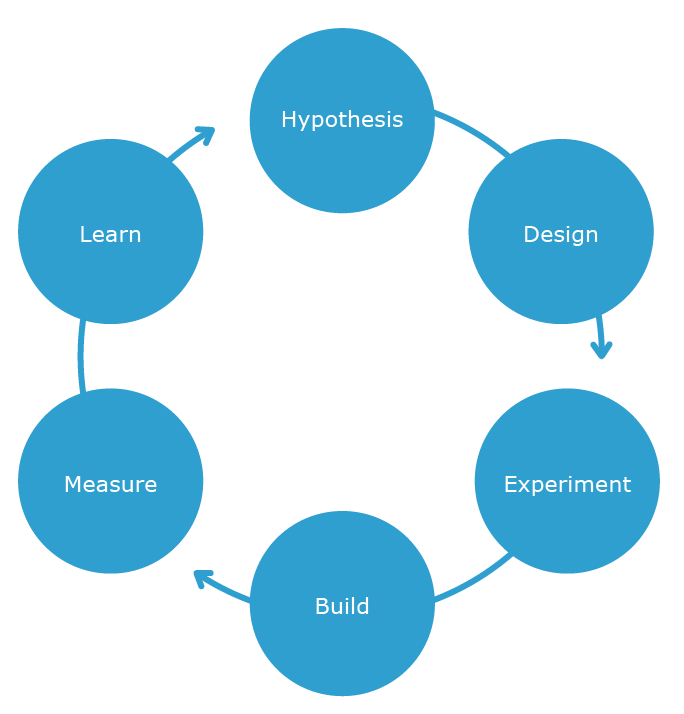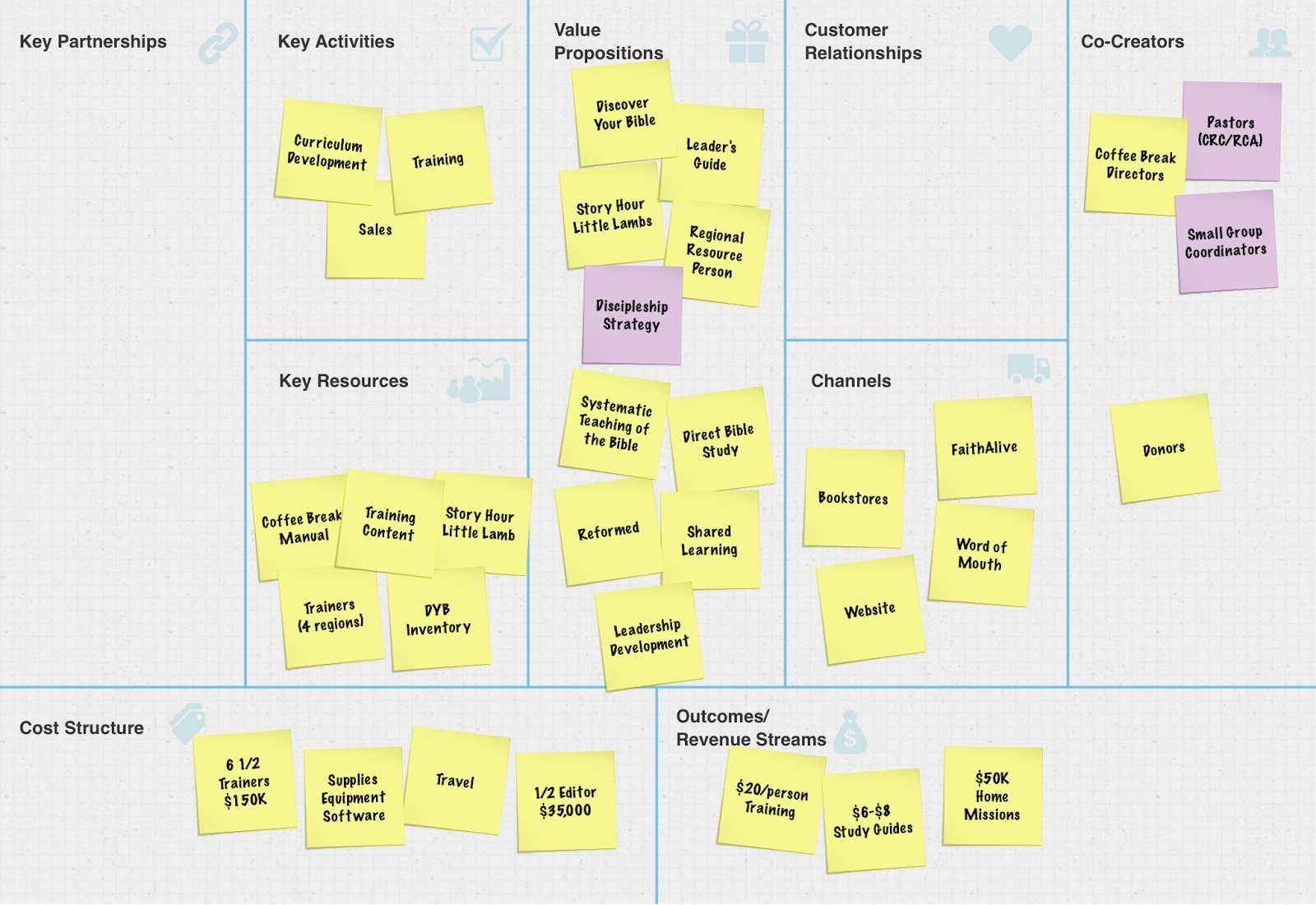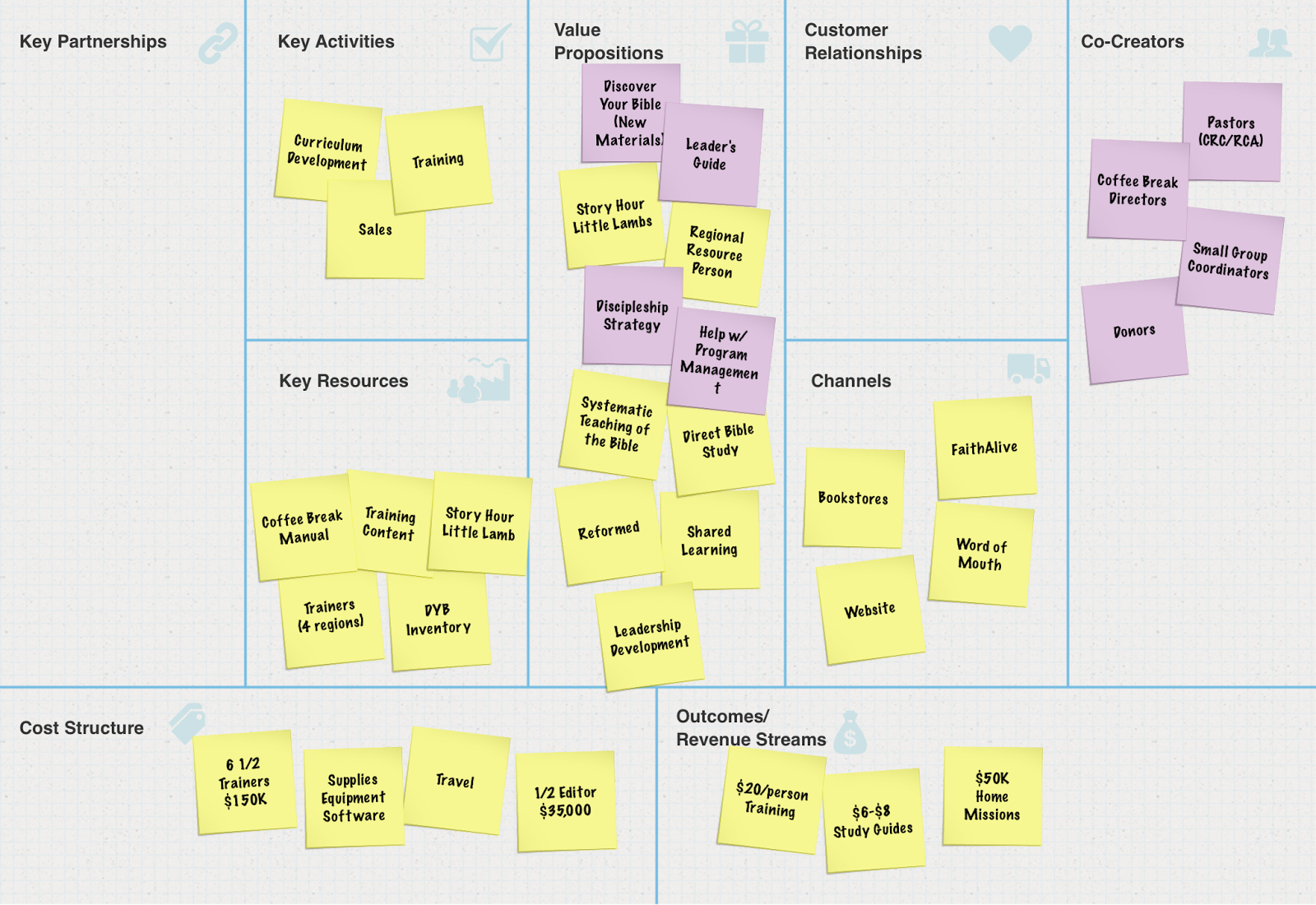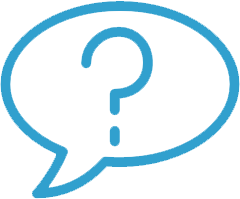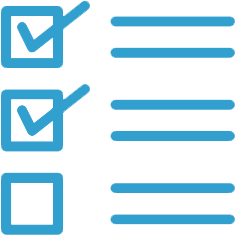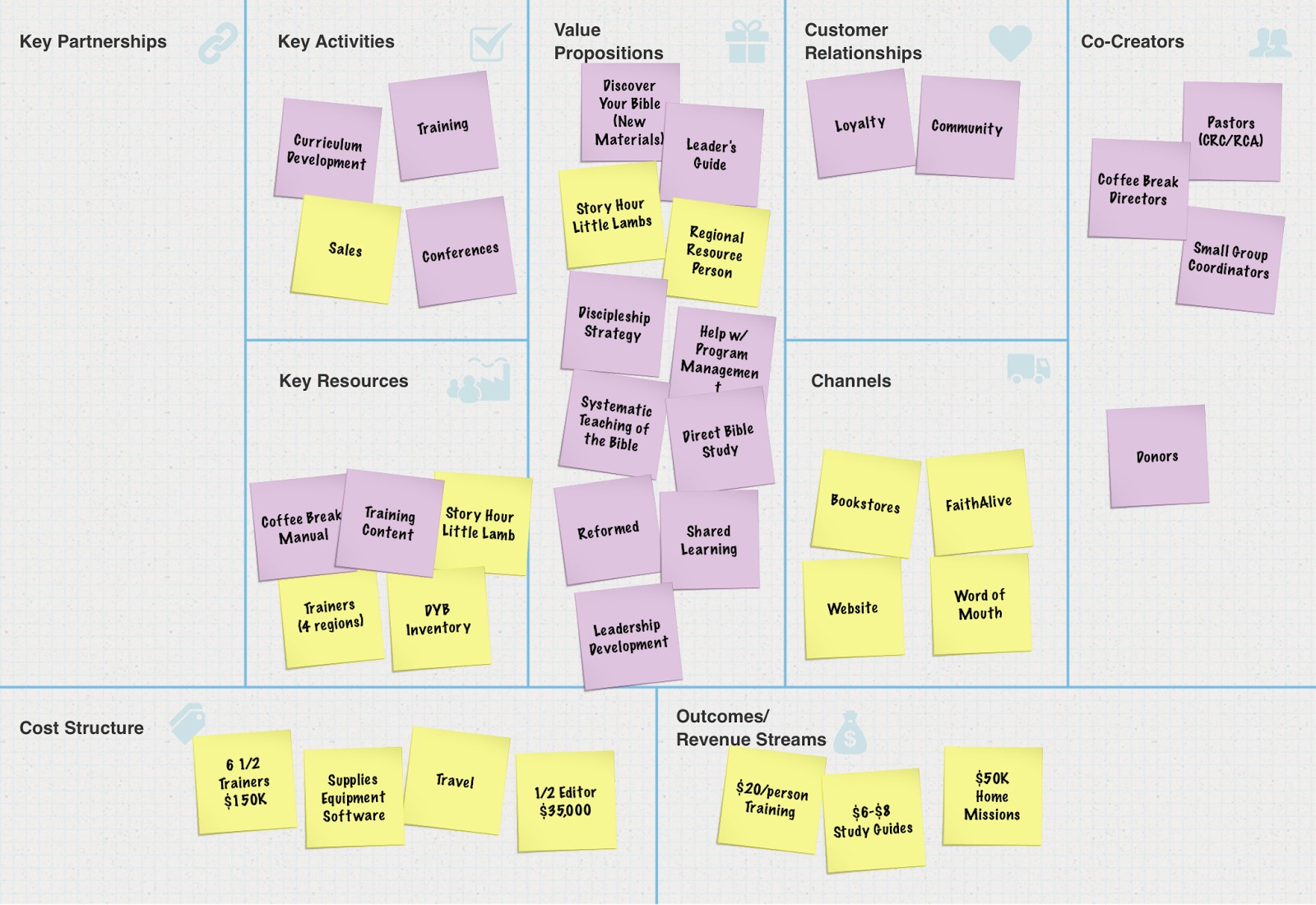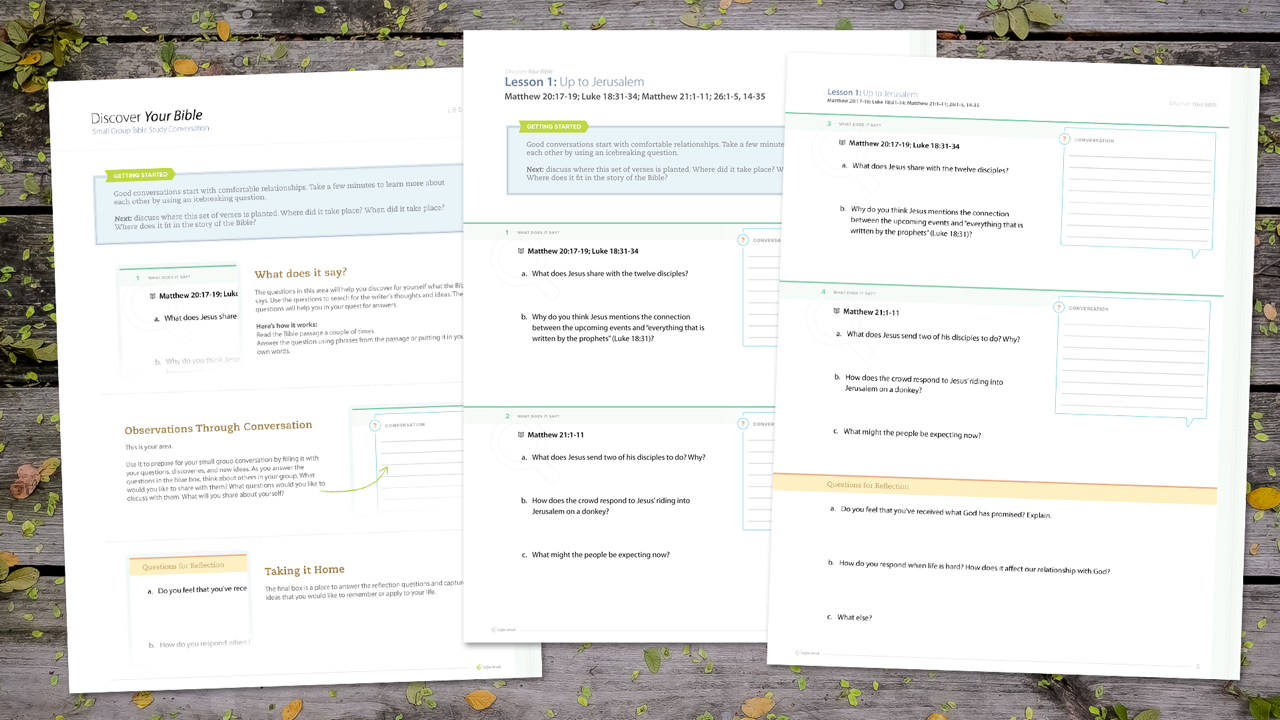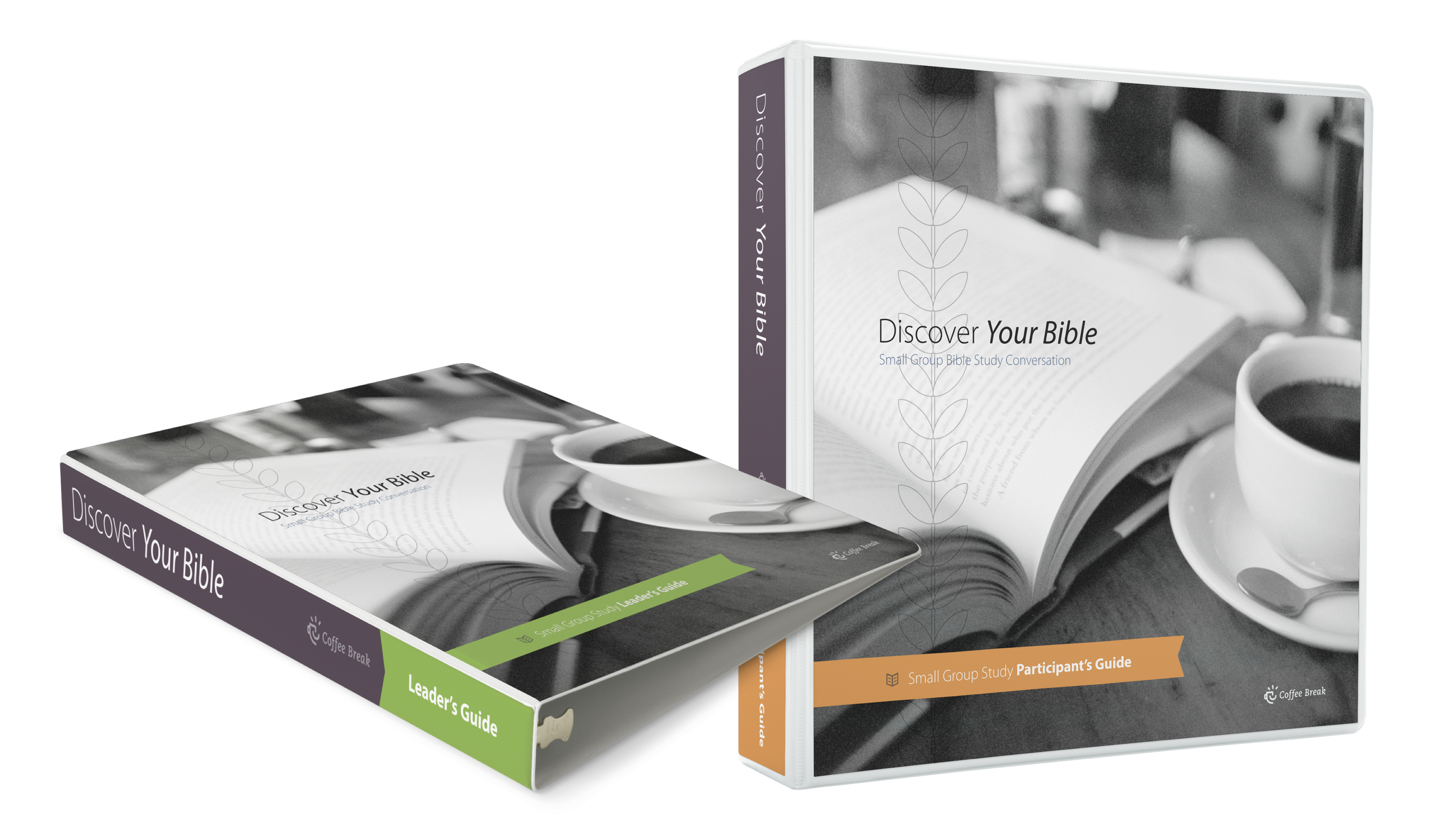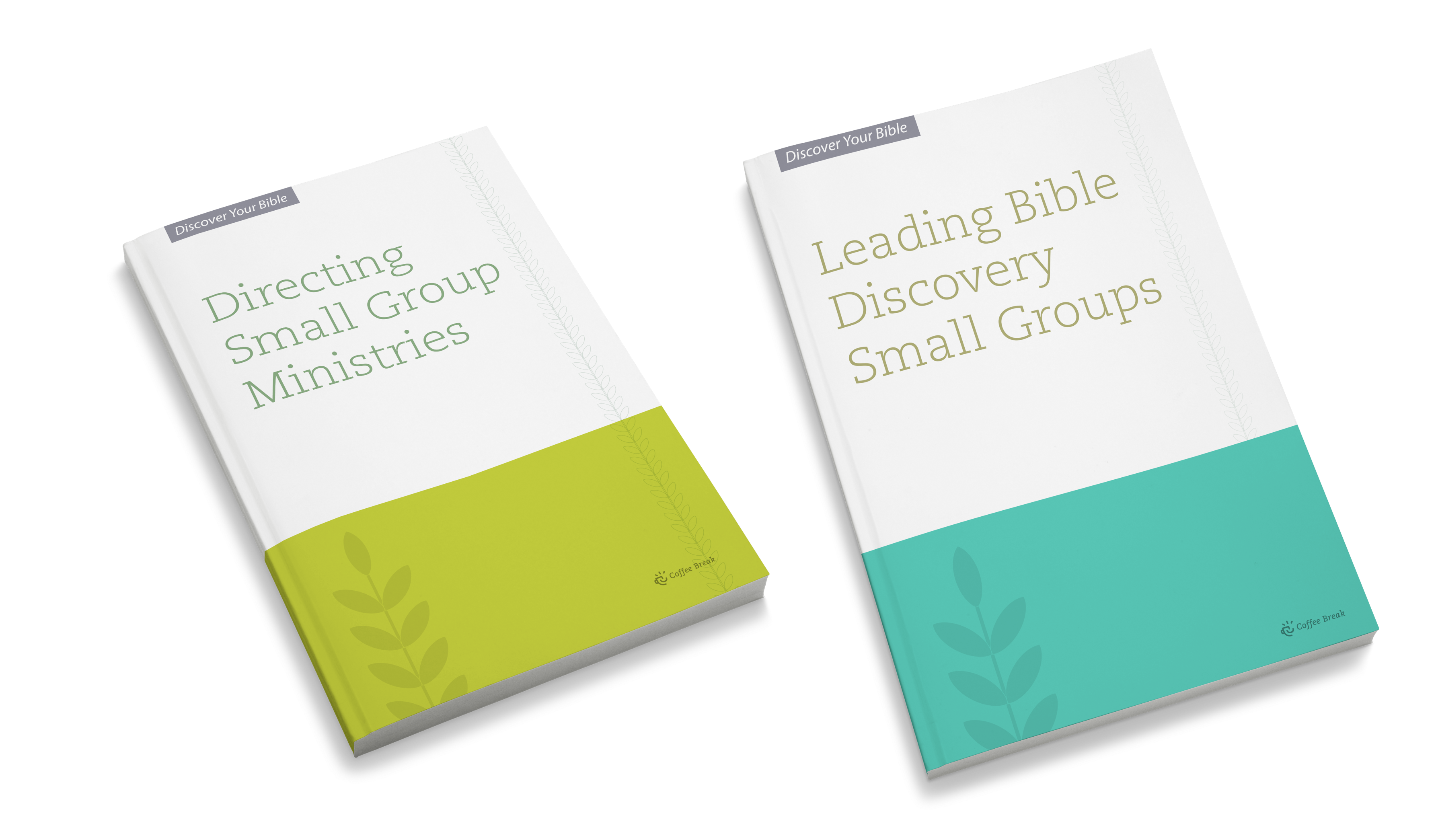We helped reimagine Coffee Break and helped them develop new strategies to become sustainable and to scale their ministry.
Client
Coffee Break is a small group Bible discovery program for evangelism and discipleship and provides materials and training for church discipleship groups.

The Problem
Their sales were declining, and they were losing churches. They needed a new business strategy.
- Lack of vision – weren’t clear on who they were serving or where to take Coffee Break next.
- Dependent on denomination funding – needed alternate streams of revenue.
- Their growth had stalled.
- Needed to reimagine where Coffee Break could go to keep the brand growing; needed a bold change (reinvent ministry) to attract more churches; needed to validate their ideas for change before implementing them.
- 40 Years of catalog that we become increasingly outdated and needed a refresh.
- Stuck with the old way of publishing content that was expensive and slow.
- Declining churches and members meant decrease in sales and funding streams.
- Lack of vision for a new Coffee Break meant paralysis for the organization.
The Goal
- Innovate a plan for rebooting the organization and making it profitable and sustainable.
- Experiment towards a profitable and sustainable ministry.
An Adaptive Challenge
At the time Coffee Break approached us, their small group training and support methods varied from group to group and had no consistent strategy. They weren’t developing any new materials. Growth in North American had stopped and had been declining for the past decade. The Coffee Break brand had no clear strategy for growing themselves in a united, consistent way.
Coffee Break was faced with an adaptive challenge. We could name the issues and problems but we didn’t know the solution let alone could state a definitive plan…
In short, they were facing the possibility of shutting down within the next few years. We came in to help them develop an innovative strategy that would jumpstart their entire brand and make them sustainable and profitable.
Systems We Used
On this project, we focused on the first two steps.
In the Identify stage, we built empathy with the end users of Coffee Break.
In the Ideate stage, we created a strategy
for effectively reaching and helping those users.
STEP 1
Identify and Validate Target Audience
We first needed to make sure Coffee Break was targeting the right consumer base. Their brand wouldn’t last if they were trying to sell their product to the wrong people. We picked an audience we believed would be the right fit for Coffee Break, then tested our theory.
Hypothesis
Pastors and Small Group Leaders are a customer segment interested in Coffee Break.
Test
We interviewed eight pastors about their adult discipleship strategies.
Lessons Learned
Most churches have a sporadic approach to adult Bible study, with no clear strategy.
STEP 2
Identify and Validate Pain Points of Target Audience
Once we knew we were targeting the right audience, we needed to make sure we understood what they wanted. Coffee Break wouldn’t be sustainable or profitable unless they were solving the problems their audience really cared about.
Hypothesis
- Churches need a clear adult discipleship strategy.
- Churches want new Coffee Break study materials.
- Churches don’t have enough leaders for their small groups.
- The leaders they do have need more training.
- Managing a Coffee Break group is complicated.
Test
- We interviewed twelve Coffee Break directors, six discipleship leaders, and six Coffee Break donors.
Lessons Learned
- All the Coffee Break directors considered the need for new Coffee Break study materials to be their biggest problem.
- The next biggest problems they named were the difficulty of managing a Coffee Break group and the need for more leadership training.
- All the discipleship leaders considered their church’s need for a clear discipleship strategy to be a highly significant problem.
STEP 3
Innovate a New Solution
We had already proved that Coffee Break’s current offerings weren’t solving their audience’s biggest problems anymore. They needed new materials and new training and leadership support solutions if they wanted to stay in business.
Current Offerings
At the time, Coffee Break offered three main groups of Bible study materials, as well as regional leadership training sessions.
New Solutions
- New curriculum
- New downloadable study materials
- Social media group (MIX) for talking with other leaders.
- Notebook format for study materials
- New subscription-based pricing
- Leadership resources
- Online training
STEP 4
Test New Solution with Target Audience
We had already thought of new solutions we believed would solve their audience’s biggest problems, but we needed to verify that they were the right solutions. We didn’t want to spend the time and money creating these new products and resources until we were sure their consumers would want them.
How we validated it:
Hypothesis
- Directors of Coffee Break would be excited about the new format, the notebooks, and the new training opportunities. They would be willing to switch to a subscription pricing model.
Test
- We formed a focus group of three local Coffee Break directors.
- We interviewed several pastors.
- We created product prototypes to show everyone.
- We gathered letters of intent from eleven churches to start (or continue) a Coffee Break group if we made these changes.
Lessons Learned
- The target audience really liked the downloading possibility, new notebook, social media group, and online training idea.
- There were mixed feelings about the new prices and subscription model.
- They wanted separate women’s, youth, and men’s versions.
STEP 5
Develop Strategy for Marketing & Revenue
Now that we had determined the new products and services Coffee Break should offer, they needed to start creating and promoting them. Coffee Break also needed to develop long-term partnerships and a marketing plan to help give them a steady stream of revenue and new users.
STRATEGY 3
Develop a Sales & Marketing Plan
For retaining users:
- Offer more training through MIX, conferences, coaching clusters, and local events
- Provide leadership resource through webinars, podcasts, blogs, and newsletters.
- Provide a direct number and email for Coffee Break.
- Recruit and train customer support.
- Call all current users about the coming reset.
For getting new users:
- Develop mailing list of Coffee Break Directors, leaders, participants and alumni.
- Make a Coffee Break brochure.
- Develop drip marketing with blogs, Facebook and Twitter.
- Ask 2,000 Coffee Break participants and alumni for $100 gifts.
- Start paid advertising.
- Create a sample sales kit.
- Develop a sales team.
What We Accomplished
We worked with Coffee Break for 12 weeks to develop a plan for rebooting the organization and making the ministry profitable and sustainable.
What We Learned
- Pastors and small group leaders are the right target audience.
- Churches need a clear discipleship strategy.
- Coffee Break users really want new study materials.
- Coffee Break small group leaders want to connect with other Coffee Break leaders.
- Users are open to a subscription model.
- Coffee Break leaders are excited about this reset.
What We Innovated
- A clear guide for what Coffee Break should do next to build itself back up
- Flexible new pricing model
- New curriculum ideas
- New formats for materials
- Marketing plan for gaining and retaining users
- New partnership ideas
- New ways to train and support Coffee Break leaders
What they've said about us
We helped Coffee Break. And we can help you too. If you’re interested in working with us, we’d love to hear all about your brand.


